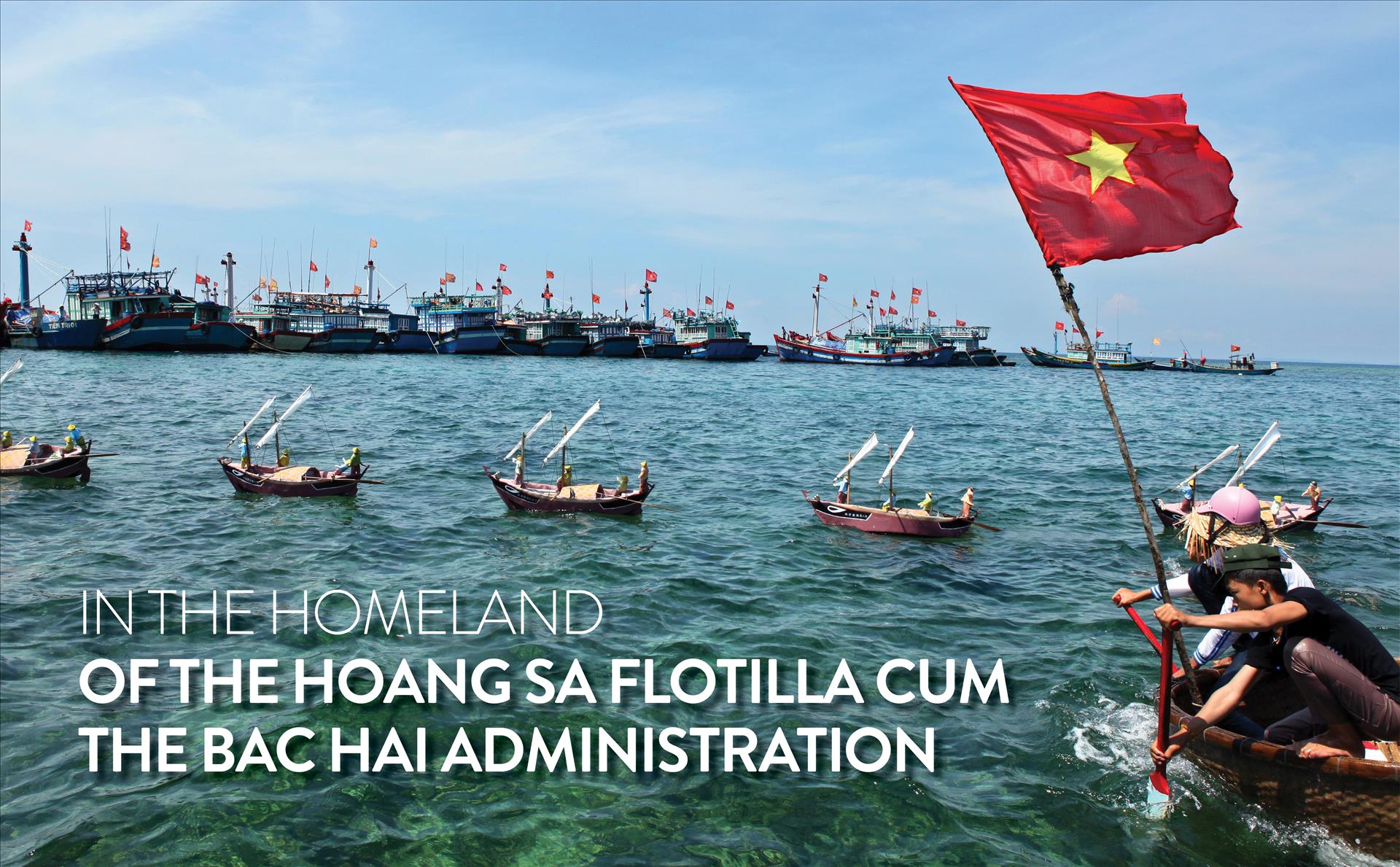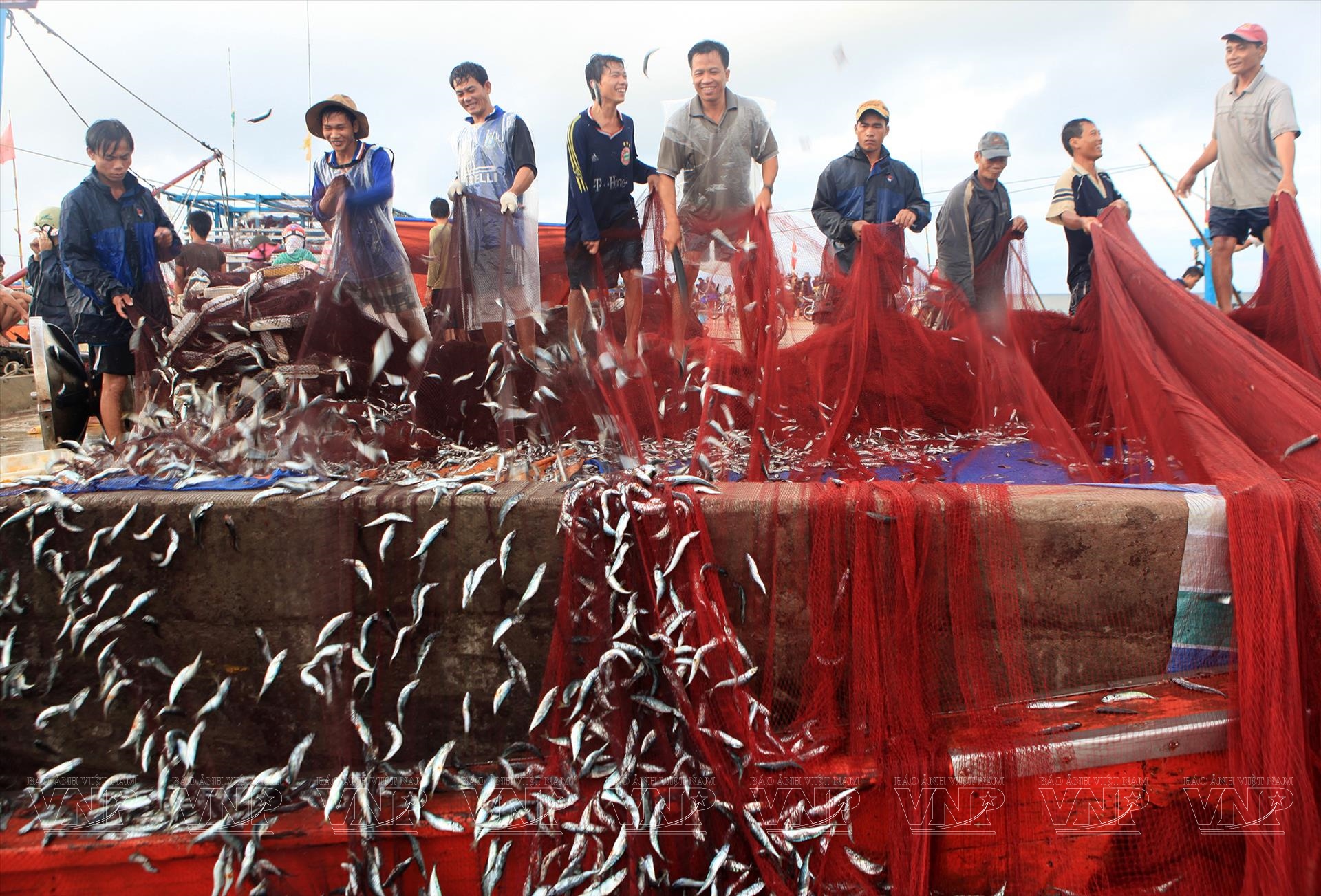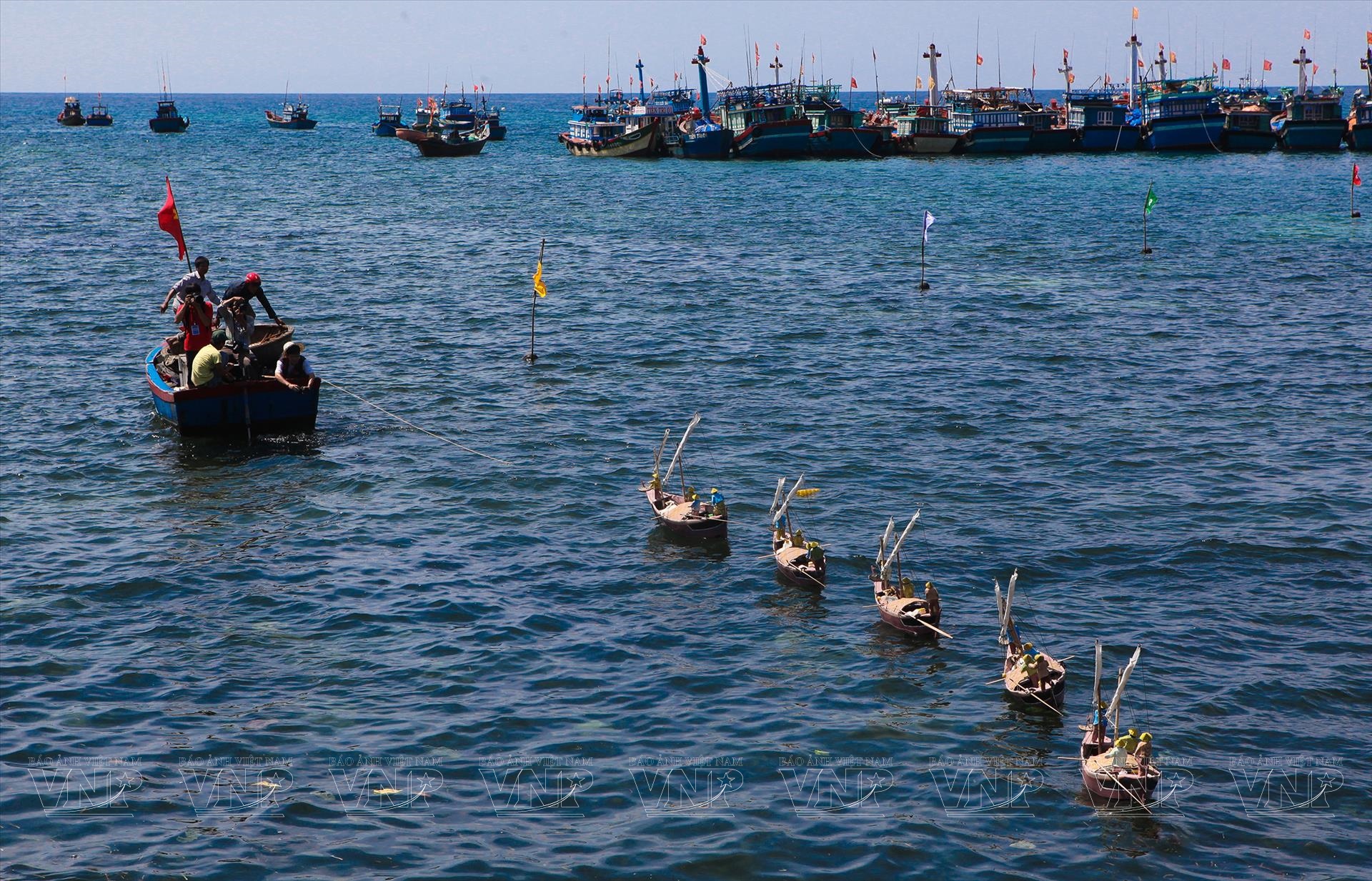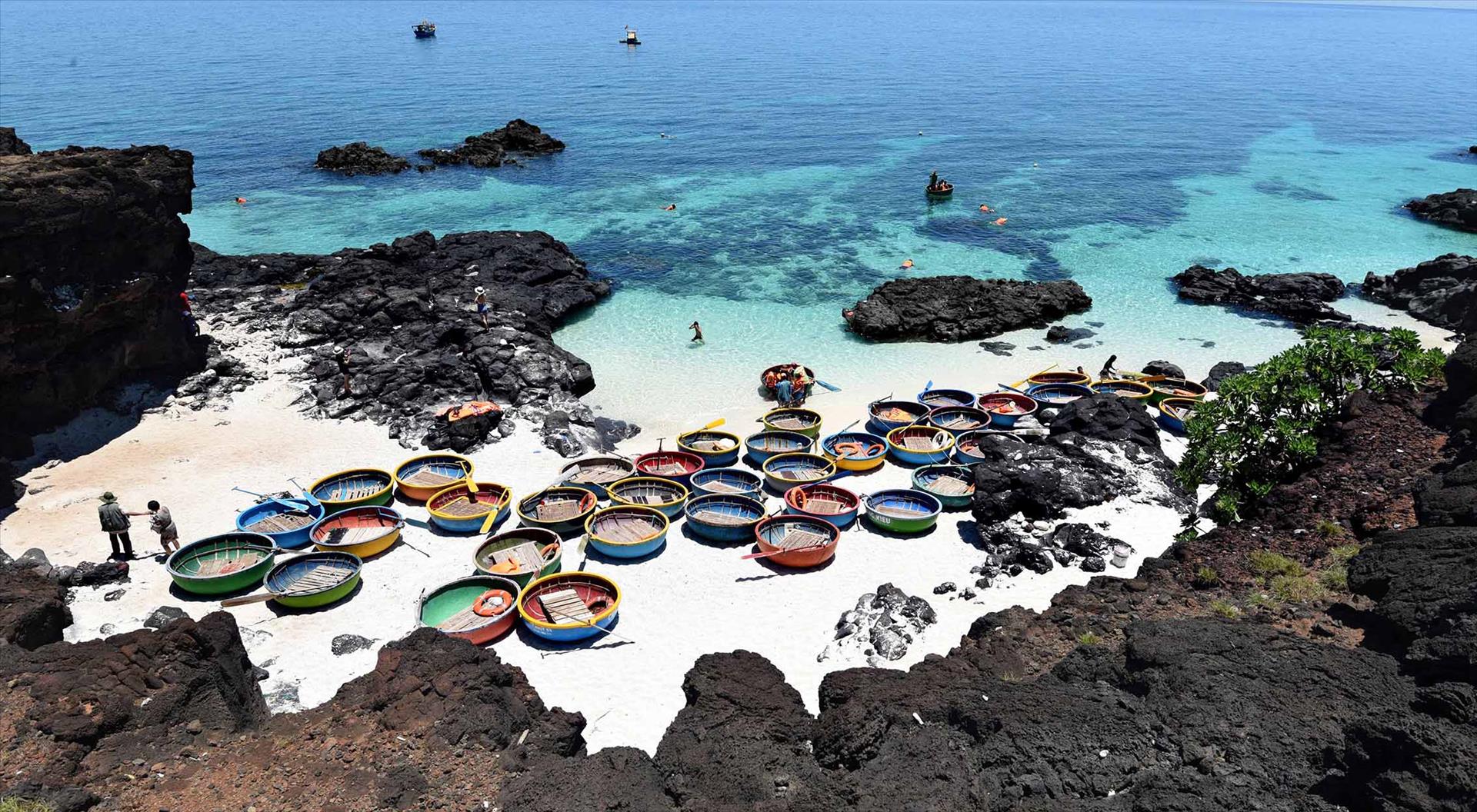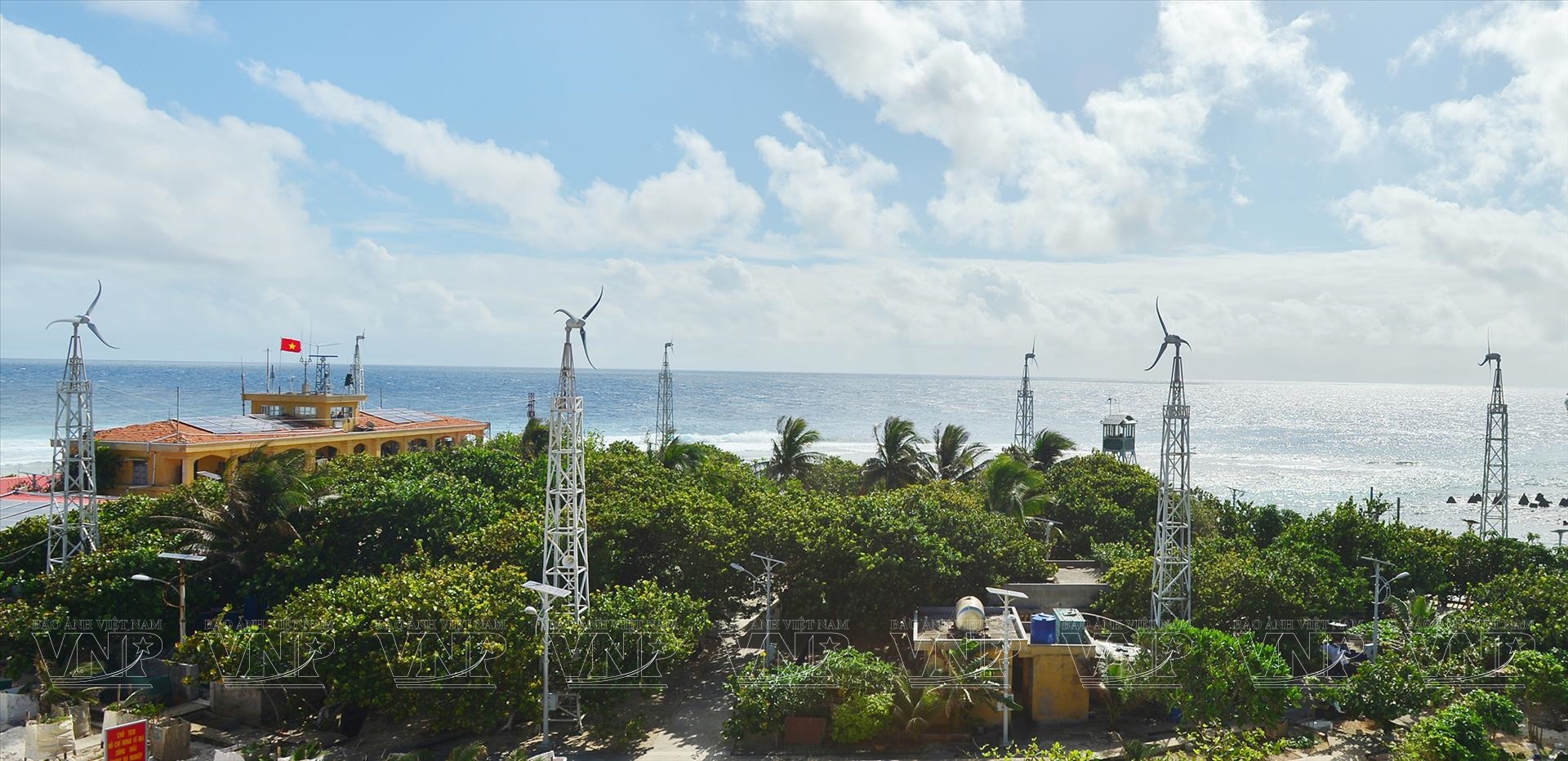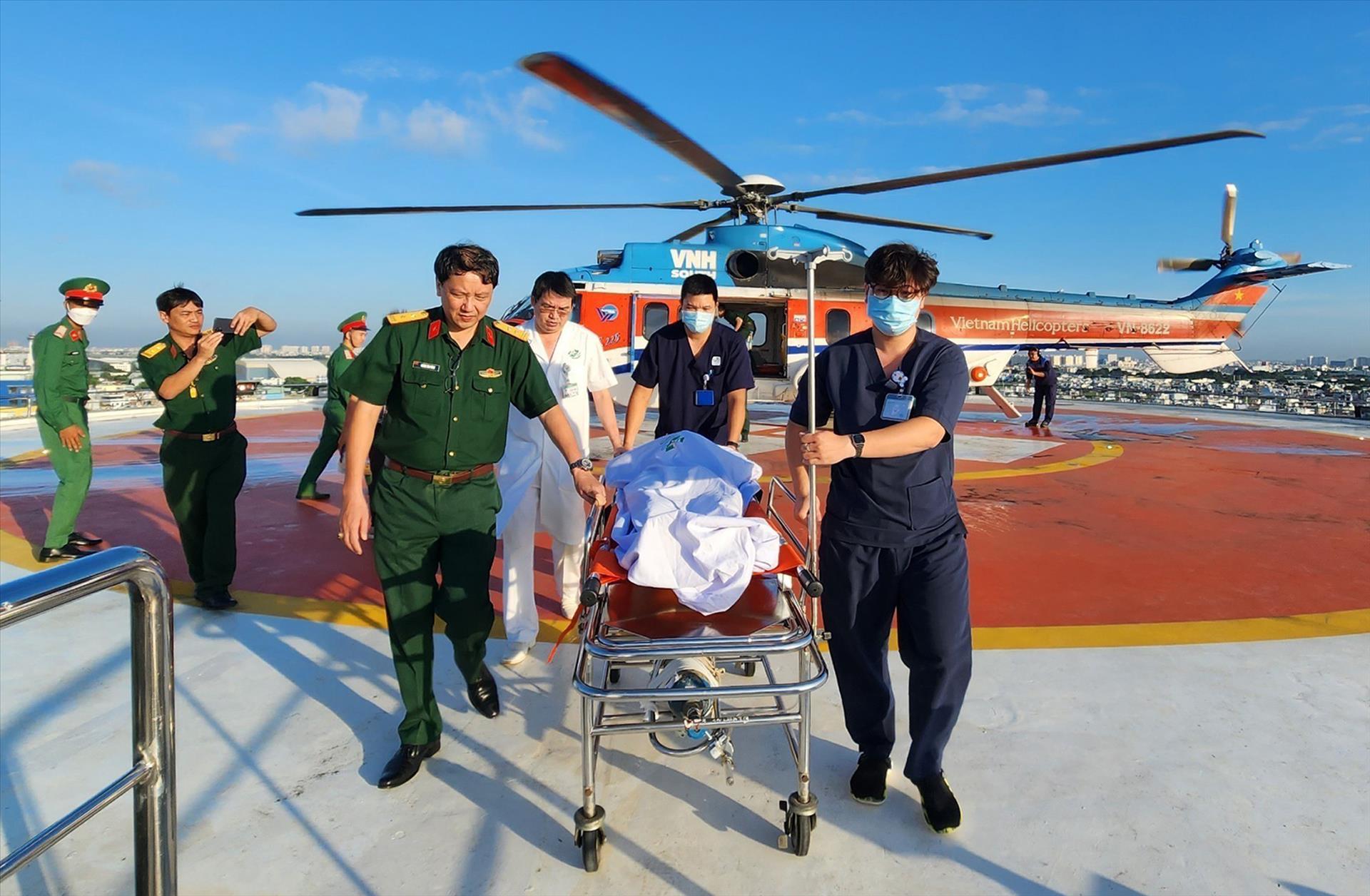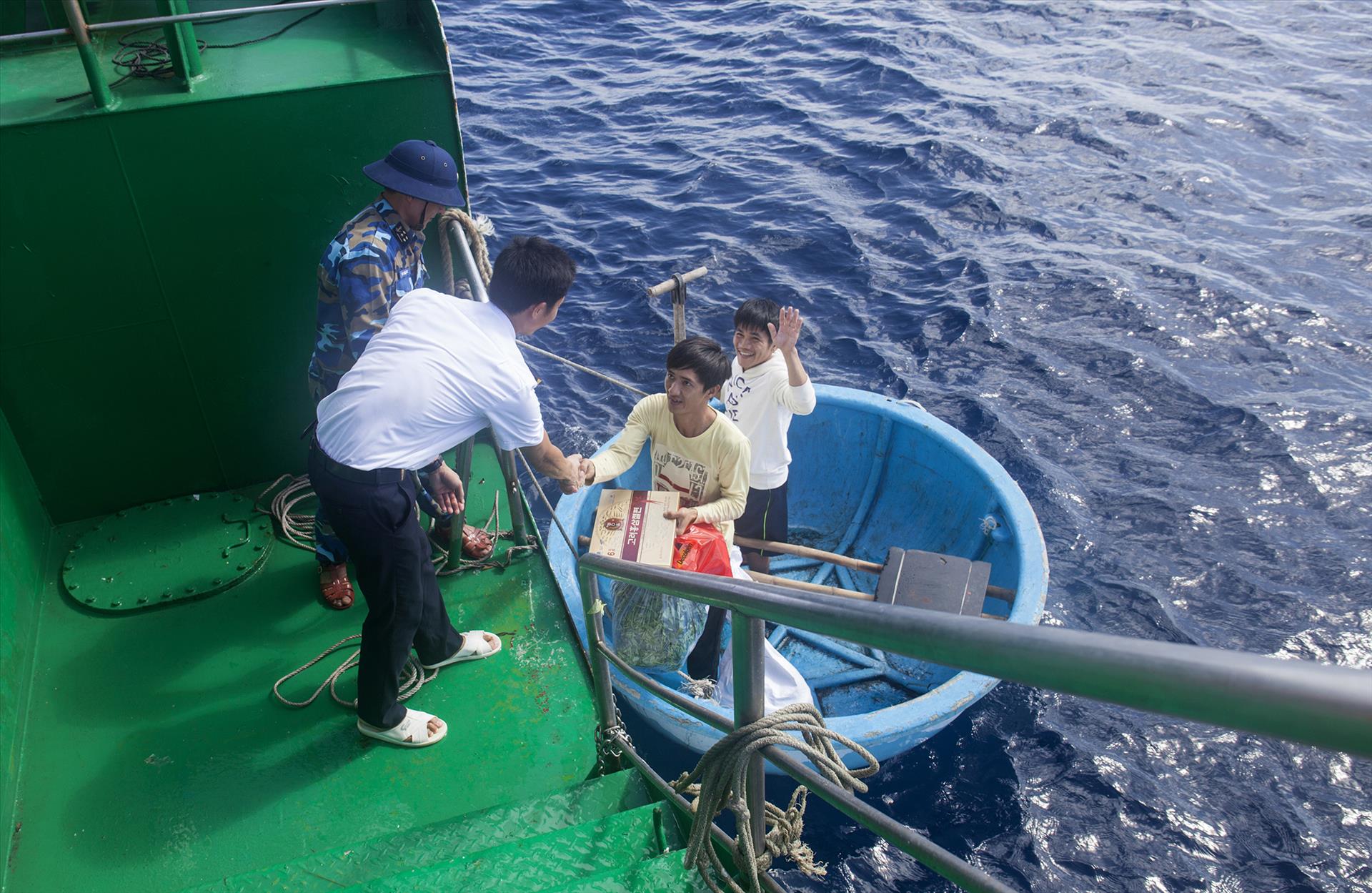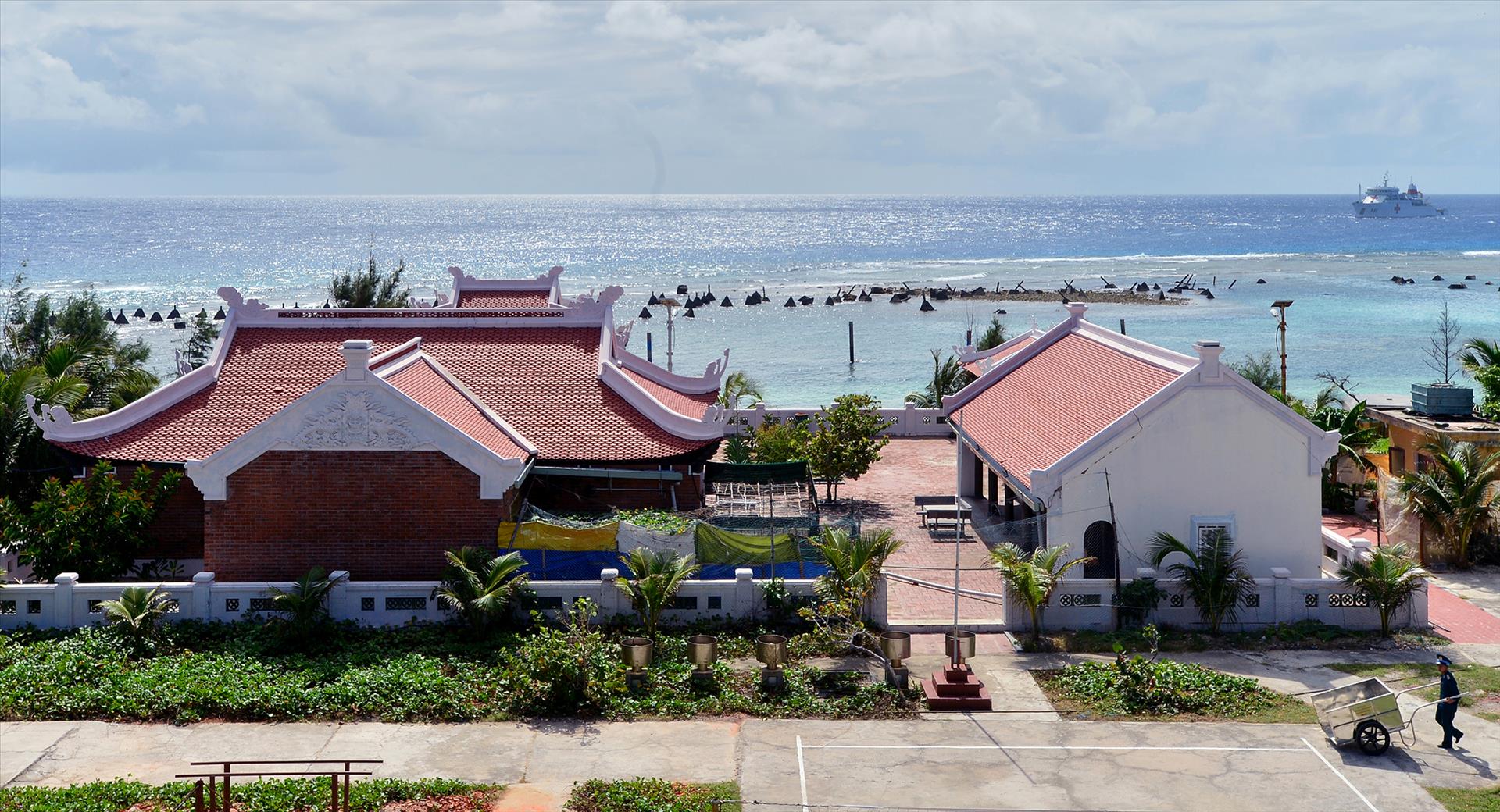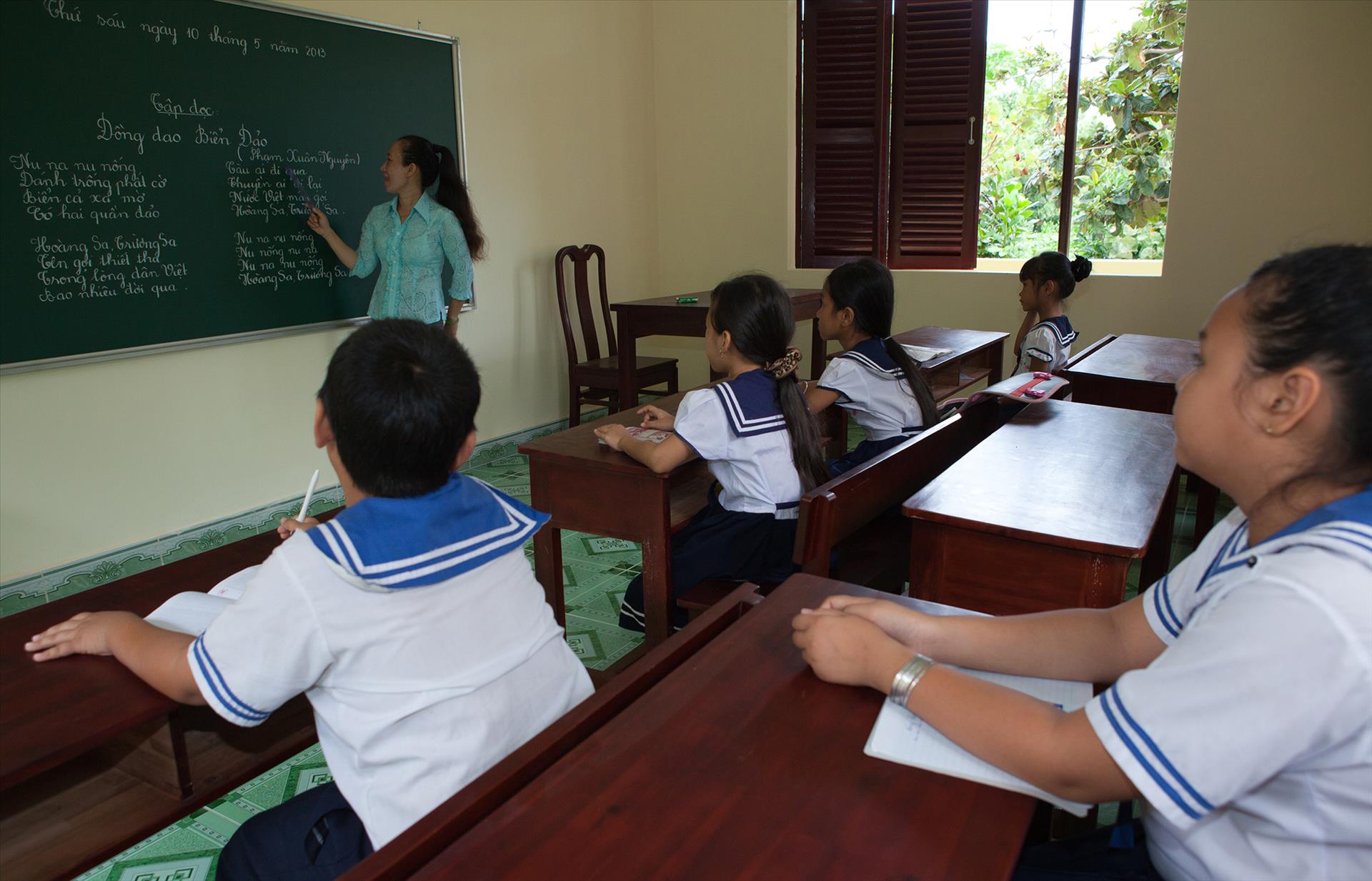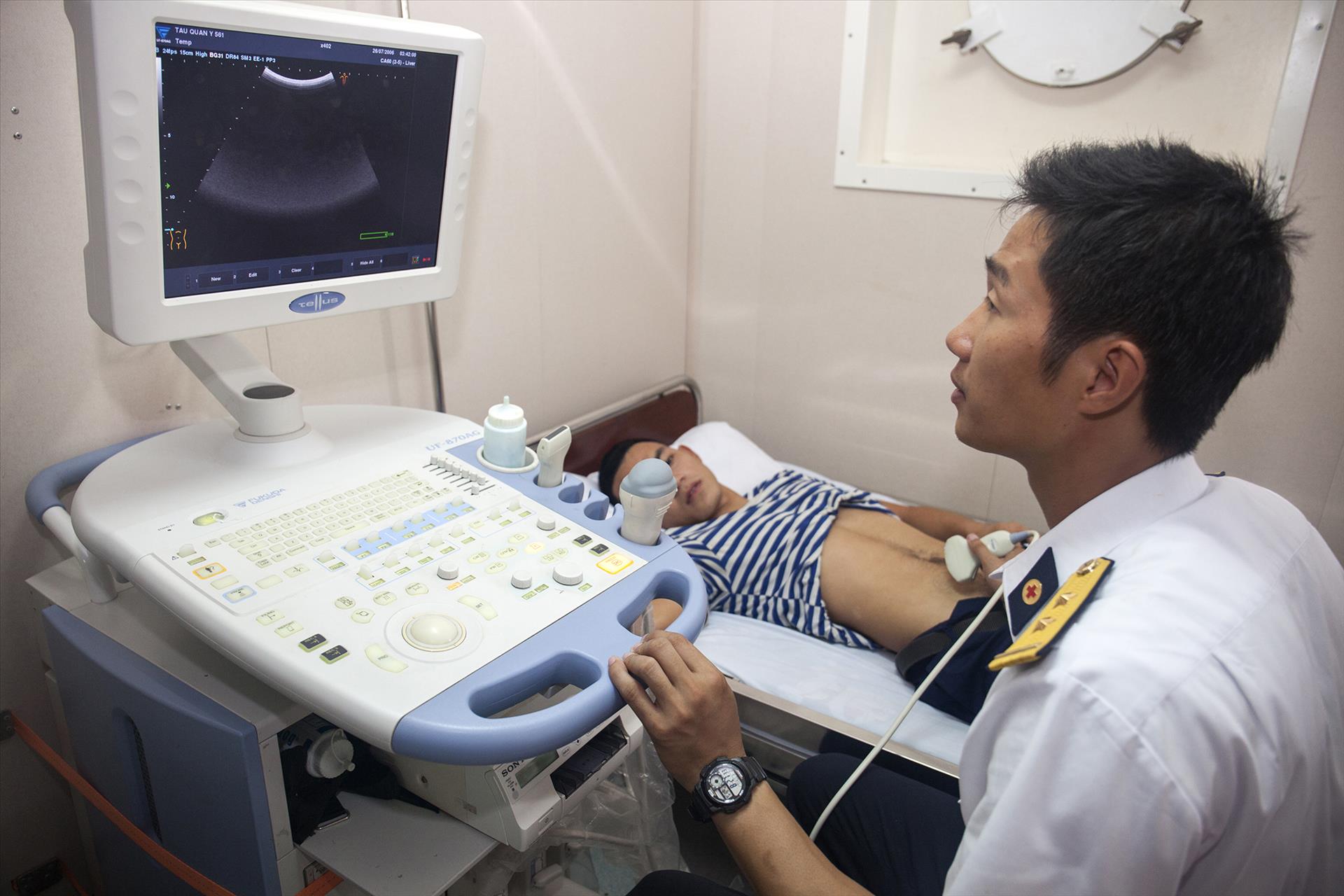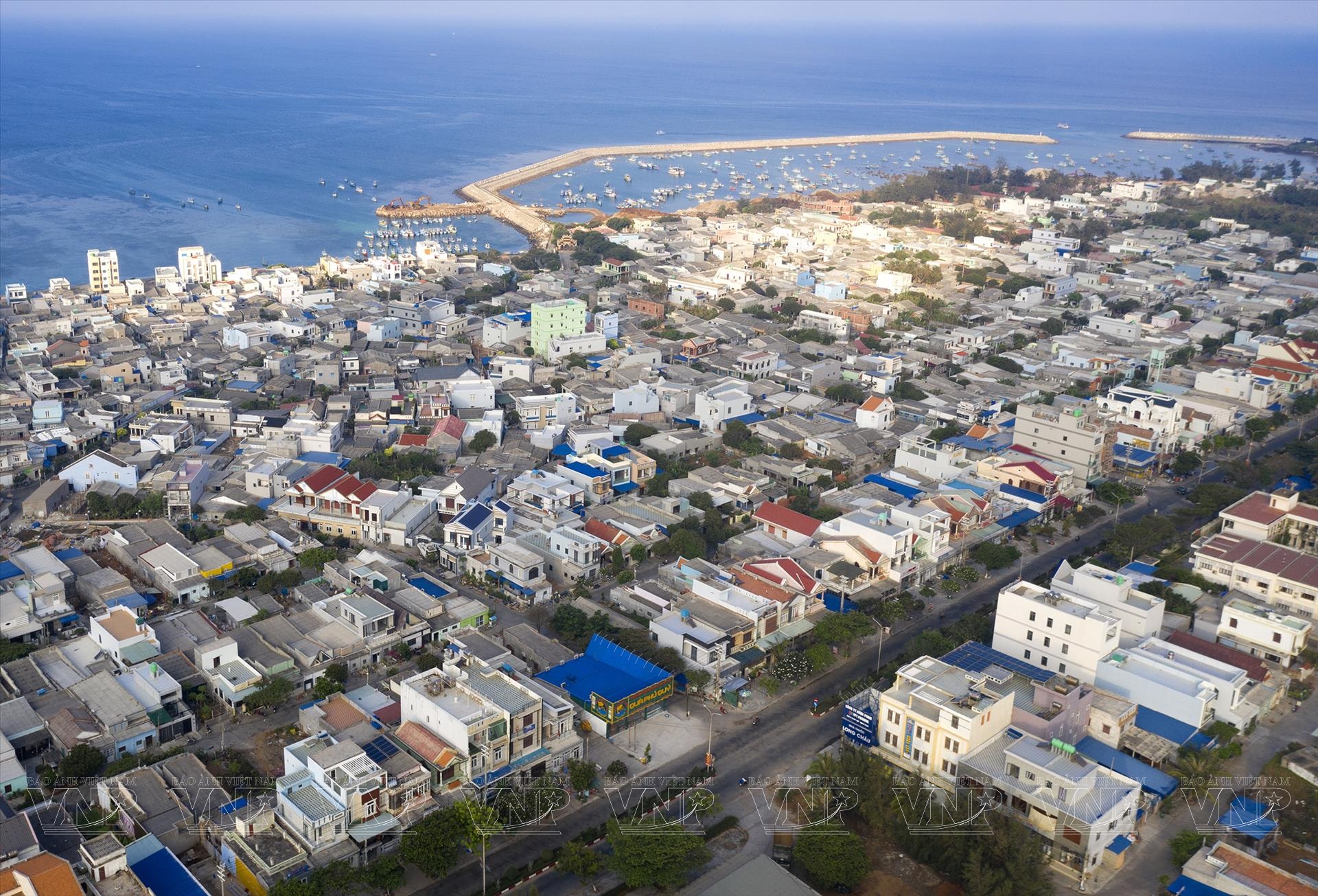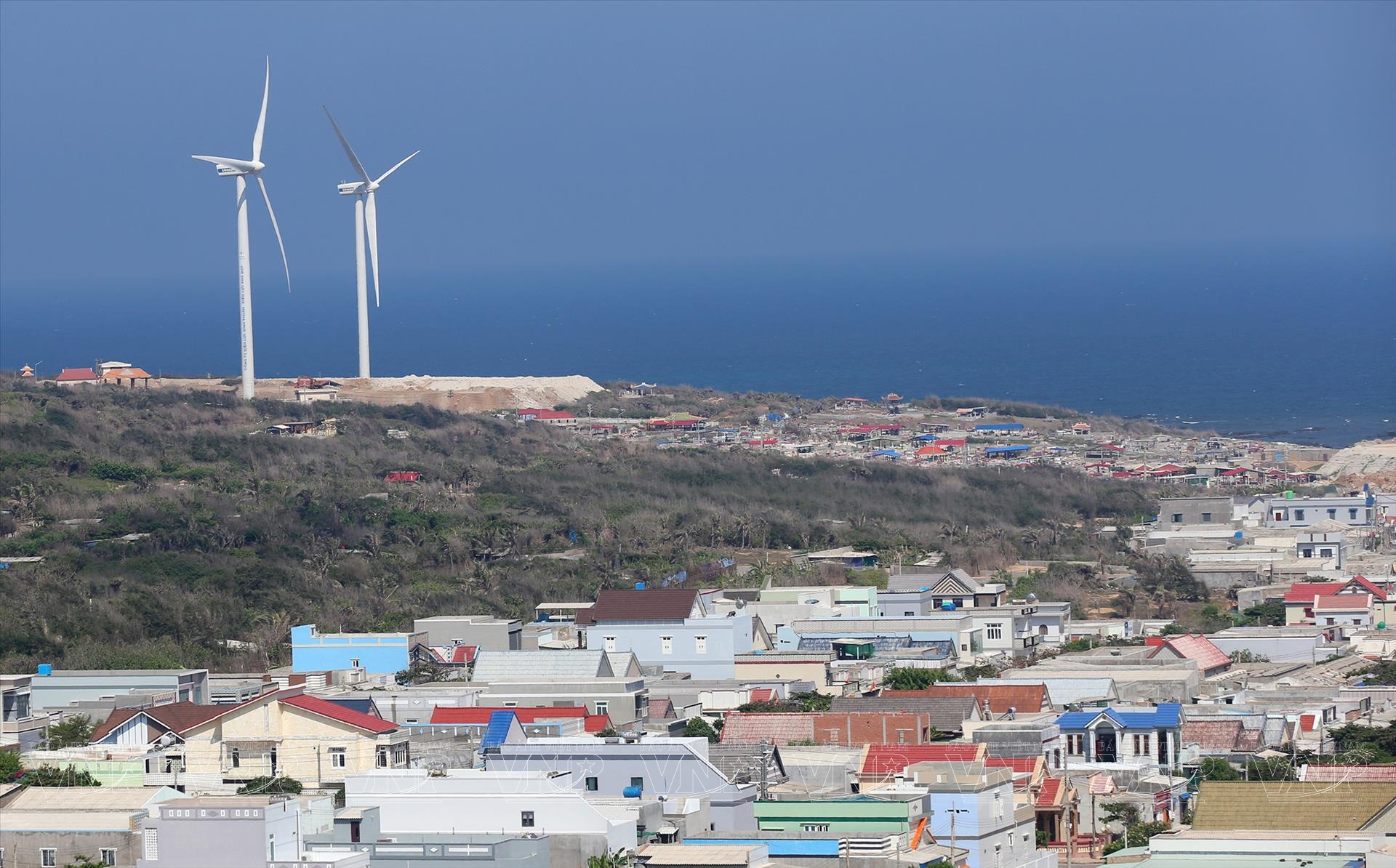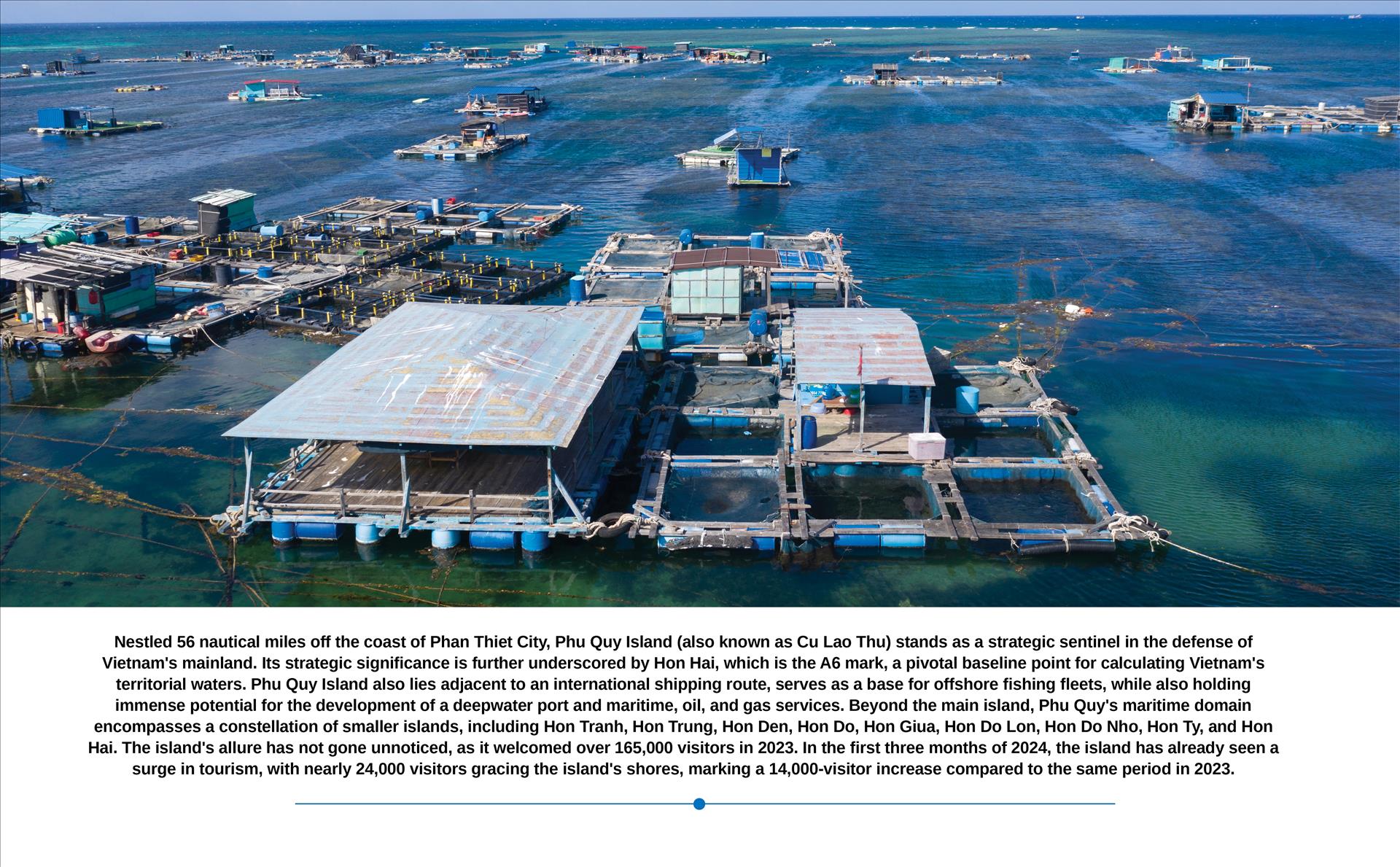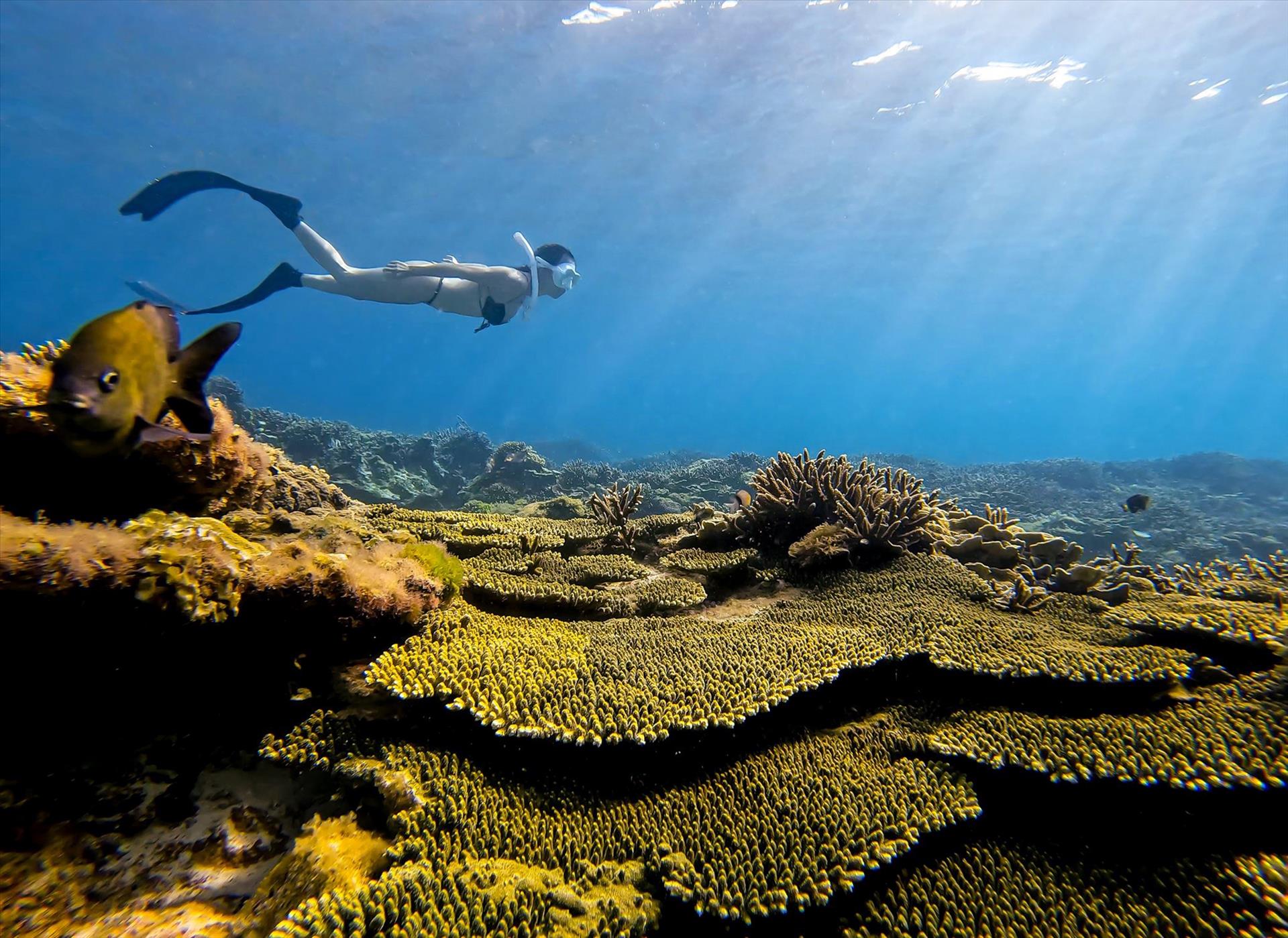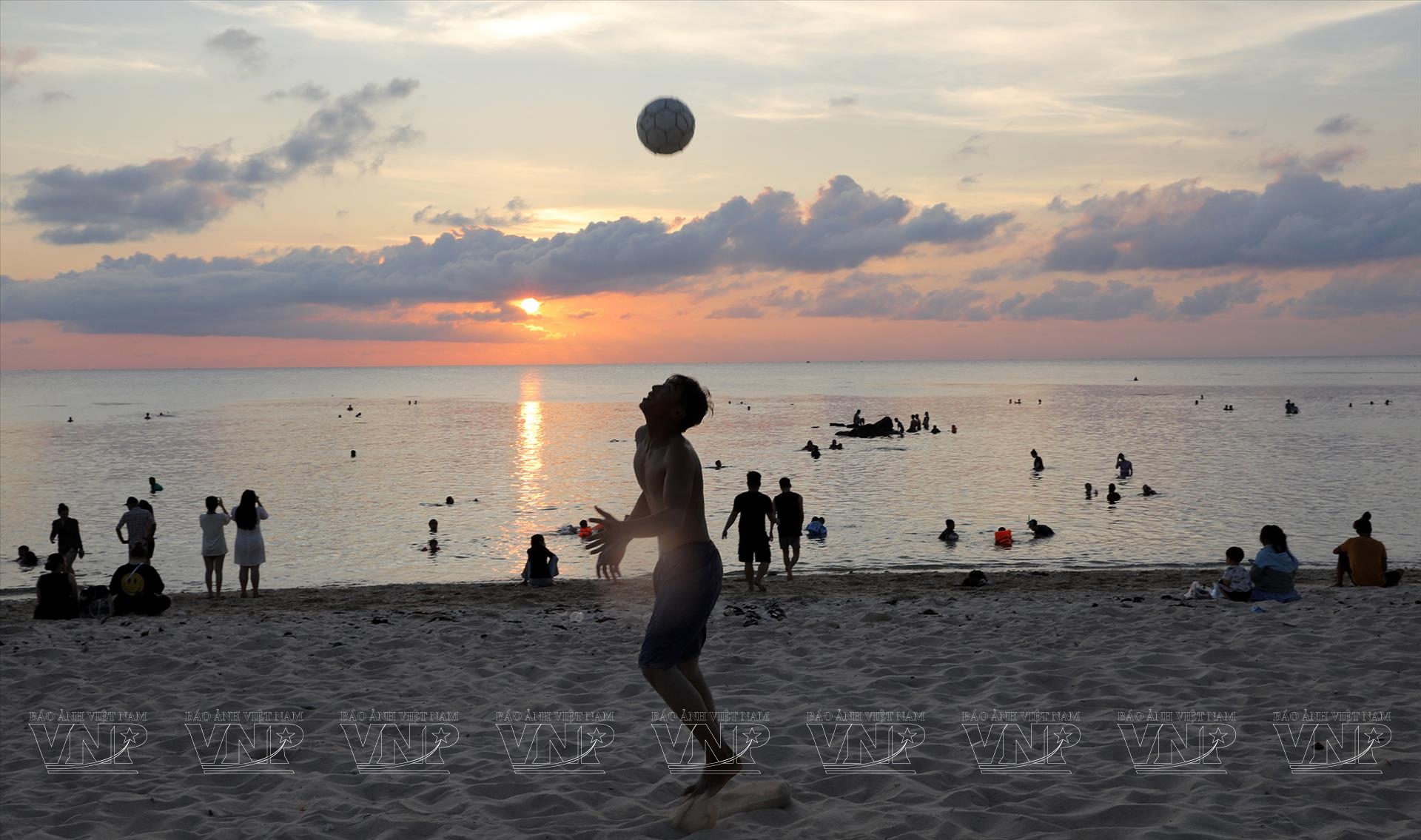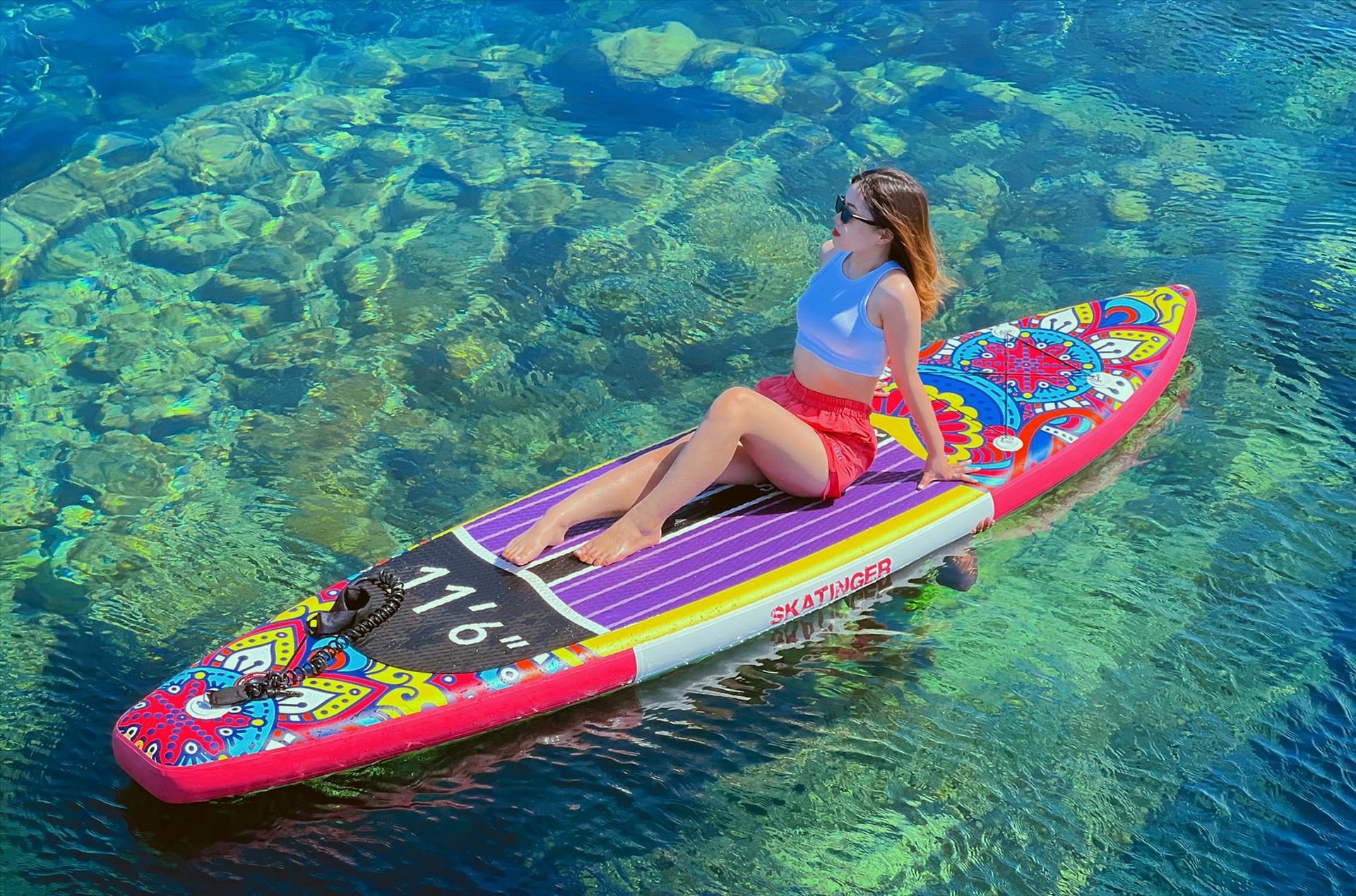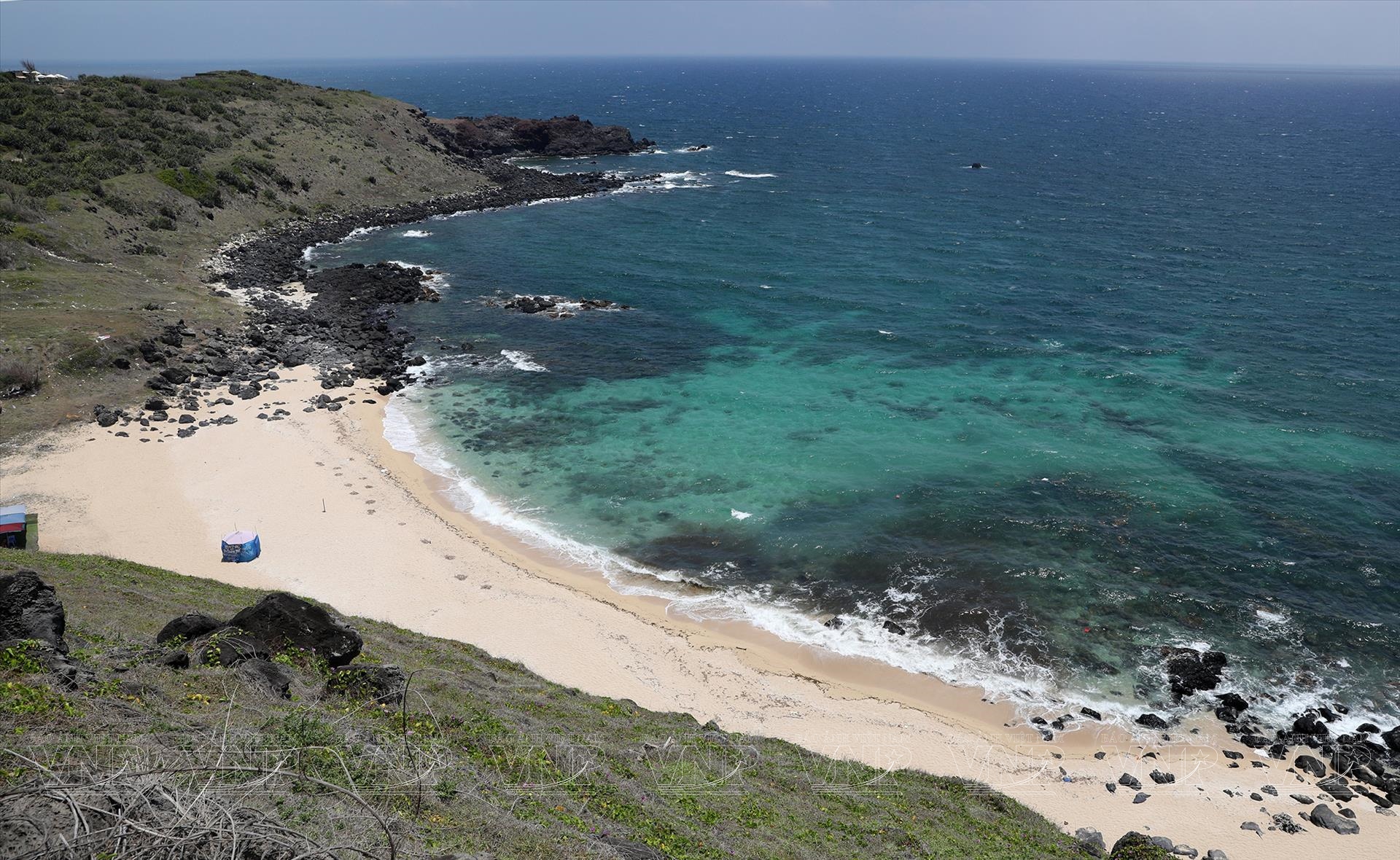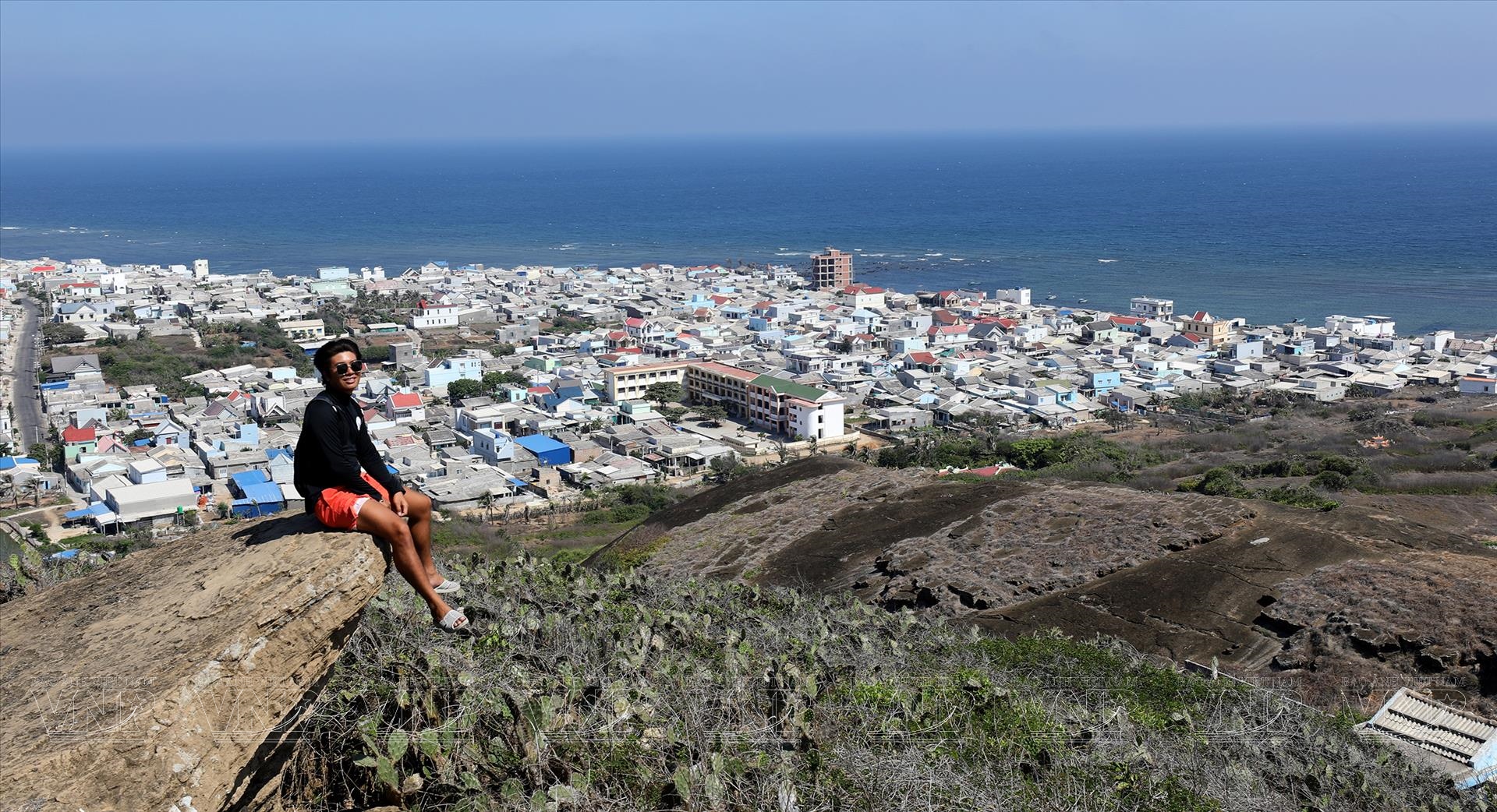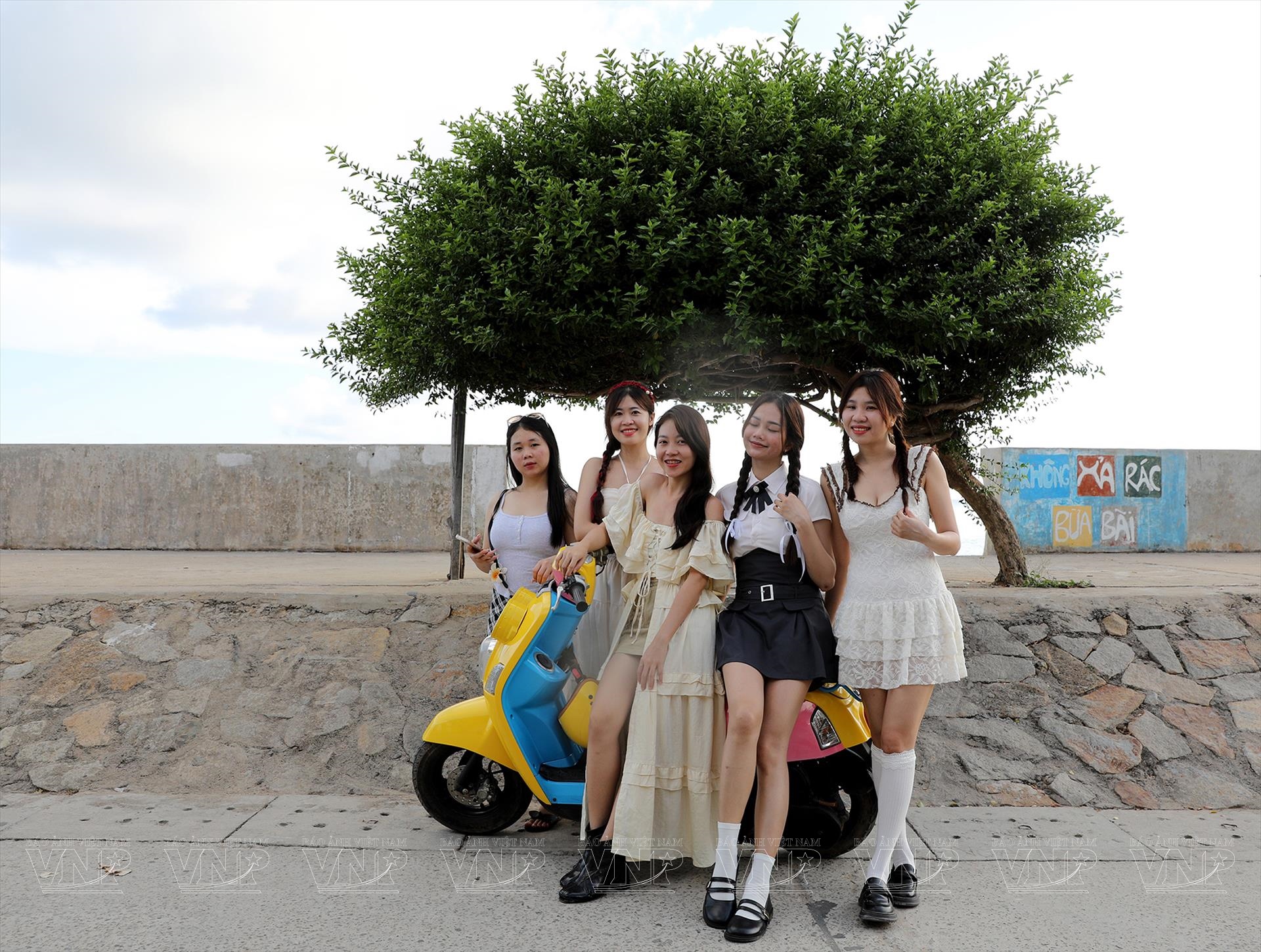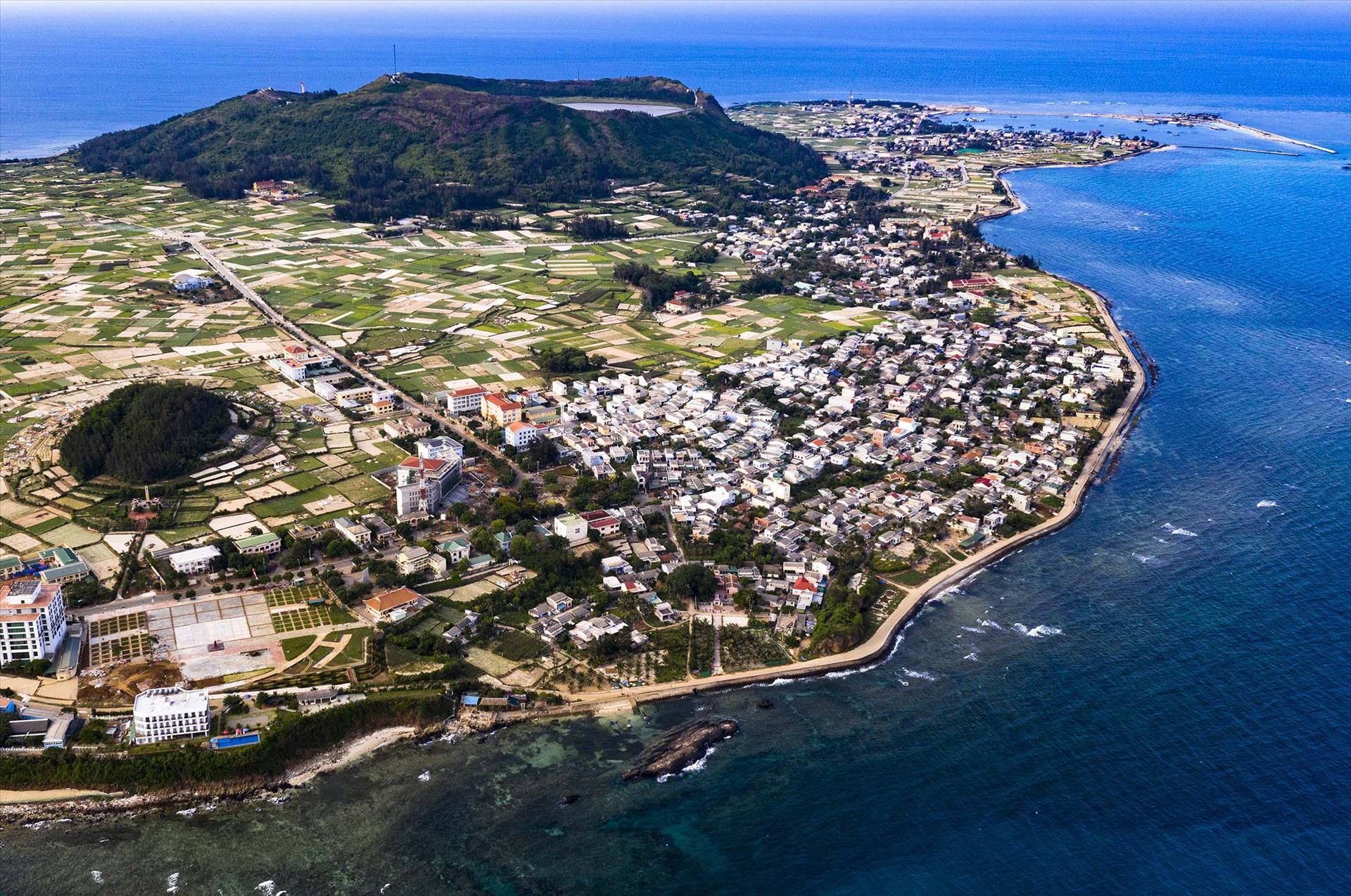In the Homeland of the Hoang Sa Flotilla cum the Bac Hai Administration
Three Vietnamese island districts of Truong sa (Khanh hoa Province), Ly Son (Quang Ngai Province), and Phu Quy (Binh Thuan Province) have been recognized in the official records of the Nguyen Dynasty as maritime territories that have been lived on and had their sovereignty asserted by the Vietnamese people since ancient times. Today, these three island districts are striving to become beacons of economic development, tourism, and maritime sovereignty protection, while also making significant efforts to fulfill their commitment to combating illegal, unreported and unregulated (IUU) fishing in accordance with the recommendations of the European Commission (EC).
From Ly Son to Truong Sa
For generations, fishermen in the island district of Ly Son have regarded the fishing grounds in the Hoang Sa (Paracel) and Truong Sa (Spratly) Archipelagos as the main source of their livelihood. Since the late 16th century, their ancestors who were members of the Hoang Sa Flotilla cum the Bac Hai
Administration (established in Ly Son, Quang Ngai) ventured to the Hoang Sa and Truong Sa Archipelagos, charting navigational routes, planting milestones and setting up steles affirming national territory in these archipelagos, harvesting marine resources, and collecting taxes from passing foreign vessels under the mandate of the Nguyen lords. Today, the descendants of these valiant Hoang Sa Flotilla cum the Bac Hai Administration members command an impressive fleet of nearly 600 offshore fishing vessels, boasting a combined engine power of over 70,000 CV.
In recent years, in response to the EC’s 2017 “yellow card” warning imposed on Vietnamese seafood exports due to IUU fishing practices, the Quang Ngai Province and Ly Son Island District have embarked on a resolute campaign to implement the EC's recommendations. As a result, a robust array of programs, such as "Coast Guard Accompanying Fishermen" and "Border Guards Accompanying Fishermen," have been carried out to empower fishermen with the knowledge and skills necessary for sustainable fishing practices and disseminating timely and accurate information regarding authorized and prohibited fishing zones, as well as the potential consequences of IUU fishing violations.
With over two decades of experience navigating the Hoang Sa and Truong Sa fishing grounds, Nguyen Van Chi, captain of fishing vessel QNg 96539-TS, has witnessed a remarkable shift in the mindset of Ly Son fishermen. He recalls, "In the past, our approach was rather simplistic - Everything that swims or flies is fair game, so we followed the fish, sometimes venturing into neighboring waters in search of abundant catches. However, with the ongoing efforts of authorities to educate us on fishing regulations and the importance of protecting marine resources, we have become more conscientious and conducted fishing activities in Vietnam’s territorial waters".
Once having the second-highest number of fishing vessels violating foreign waters in Quang Ngai Province, Ly Son Island District has undergone a remarkable turnaround in recent years. Over the past two years, not a single instance of Ly Son fishermen encroaching on foreign waters has been recorded. This remarkable achievement can be attributed to the district's unwavering commitment to combat IUU fishing practices, in line with the recommendations of the EC. Fishing vessels departing the island now diligently activate their voyage tracking devices, enabling authorities to monitor their movements and ensure adherence to established guidelines.
In the Homeland of the Bac Hai Administration Members
Dating back to the 17th century, the Nguyen lords ordered the formation ofthe Hoang Sa Flotilla in Ly Son and the Bac Hai Administration in Binh Thuan with a mission to catch seafood and collect products from the Truong Sa Archipelago, Phu Quy Island, Con Lon Island, Ha Tien and the Bac Hai region. Notably, the Bac Hai Administration operated under the purview of the Hoang Sa Flotilla, leading to the combined designation of "Hoang Sa Flotilla cum the Bac Hai Administration".
Under Lord Nguyen Phuc Khoat (reigned from 1738-1765), the Dang Trong (the southern land) administration established 14 villages and one hamlet on Phu Quy Island. From these early settlements, Phu Quy has now developed into a prosperous island district with a population of nearly 30,000 people. Today, the descendants of the Bac Hai Administration have built a powerful fleet of 1,500 offshore fishing vessels with a capacity of 90 CV or more. And just like their ancestors, the local fishermen still consider the fishing grounds from the Truong Sa Archipelago to Ha Tien to be their traditional fishing grounds.
Phu Quy Island Deputy District Party Secretary Le Hong Loi said that the island district has outlined a strategic development strategy, prioritizing key sectors of fisheries, fisheries logistics, commercial services, and tourism. To bolster offshore fishing activities, Phu Quy is vigorously expanding its fisheries logistics fleet to acquire seafood, provide supplies and necessities to fishermen at sea, enabling fishing vessels to operate further and extend their fishing expeditions.
In recent years, Phu Quy has also made significant strides in implementing its commitment to IUU fishing, in line with the recommendations of the EC. "Since 2018, there have been no cases of Phu Quy fishing vessels violating foreign waters, thanks to the government's effective legal education campaigns and efforts to encourage fishermen to fully comply with offshore fishing regulations," said Le Hong Loi.
Besides the fisheries potential, Phu Quy is also blessed with a pristine natural beauty and stunning beaches. According to many travel agencies, Phu Quy Island, with its iconic landmarks such as Ganh Hang (the Happy Slot), the sovereignty marker, the Phuot Slope, Thay Tomb, Linh Son Pagoda, Lach Du, the Trieu Duong Bay sunset viewing point, and the Ngu Phung embankment, is ideally suited for investment in ecotourism, experiential tourism, discovery tourism, and adventure tourism.
Blessed with beautiful scenery, sun-drenched shores, coral reefs, captivating beaches, an invigorating atmosphere and a welcoming local community, Phu Quy is diligently crafting a tourism identity on its maritime strengths which serve as a haven for relaxation and rejuvenation, captivating many visitors from all over.
Story: Thong Thien
Photos: Thong Hai, Cong Dat, Nguyen Dang Lam, VNP, VNA & Bluetooth
Translated by Nguyen Tuoi
